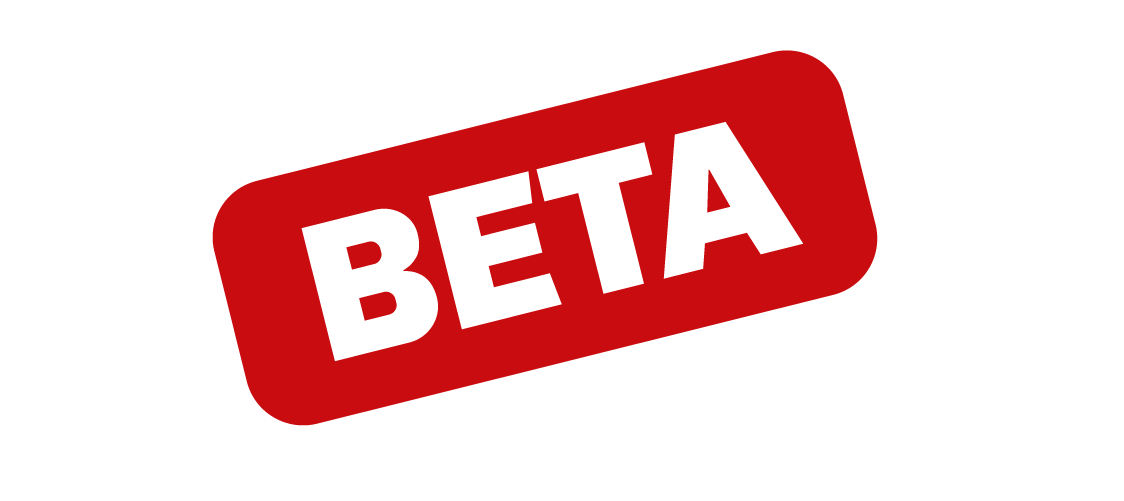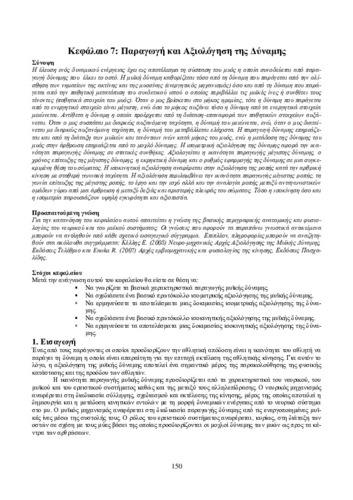| Title Details: | |
|
Strength Generation and Assessment |
|
| Other Titles: |
Muscle strength |
| Authors: |
Kellis, Eleftherios |
| Reviewer: |
Chatzitaki, Vasileia |
| Subject: | MEDICINE AND HEALTH SCIENCES, LIFE SCIENCES, BIOLOGICAL SCIENCES > LIFE SCIENCES > SPORT AND ATHLETIC SCIENCE/PHYSICAL EDUCATION AND SPORT SCIENCE > BIOMECHANICS OF SPORT ENGINEERING AND TECHNOLOGY > TECHNOLOGICAL SCIENCES AND ENGINEERING > MEDICAL ENGINEERING AND TECHNOLOGY > BIOMEDICAL TECHNOLOGY AND BIOMECHANICS |
| Keywords: |
Biomechanics
Sport Kinesiology Experimental Sport Biomechanics |
| Description: | |
| Abstract: |
This chapter presents the basic properties of muscle force (force-length and force-velocity properties), the types of muscle action (eccentric – concentric), the role of lever arms and muscle architecture for muscle force generation. This is followed by the definition of isometric evaluation of muscle force and the presentation of the basic elements of an isometric strength assessment protocol, the main variables and measurement errors, as well as the advantages and disadvantages of this method. Also ahe presentation of isokinetic dynamometry and a presentation of the basic elements of an isokinetic strength assessment protocol are placed, the main variables and potential measurement errors, as well as the advantages and disadvantages of this method.
|
| Table of Contents: |
Synopsis
Background knowledge Aims 1. Introduction 2. Mechanicaln properties of the muscle-tendon system 2.1.Force – length relationship 2.2. Types of muscle action 2.3. Force – velocity relationship 2.4. Muscle force and torque 2.5. Muscle force and architecture 3.0 Ιsometric strength assessment 3.1Types of isometric dynamometers 3.2 Evaluation of maximum isometric strength 3.3 Isometric strength variables 3.4 Errors during isometric strength assessment 3.5 Advantages and disantadvantages of isometric dynamometers 4.0 Isokinetic strength asessment 4.1 Evaluatio of maximum isokinetic strength 4.2 Isokinetic strength variables 4.3 Errors during isokinetic strength asessment 4.4 Advantages and disantadvantages of isokinetic dynamometers 5.Bibliography / references 6.Criteria of assessment |
| Linguistic Editors: |
Segkouli, Sofia |
| Technical Editors: |
Koumartzis, Nikolaos |
| Graphic Editors: |
Koumartzis, Nikolaos |
| Type: |
Chapter |
| Creation Date: | 2015 |
| Item Details: | |
| License: |
http://creativecommons.org/licenses/by-nc-sa/3.0/gr |
| Handle | http://hdl.handle.net/11419/4950 |
| Bibliographic Reference: | Kellis, E. (2015). Strength Generation and Assessment [Chapter]. In Kellis, E. 2015. SPORT BIOMECHANICS [Undergraduate textbook]. Kallipos, Open Academic Editions. https://hdl.handle.net/11419/4950 |
| Language: |
Greek |
| Is Part of: |
SPORT BIOMECHANICS |
| Number of pages |
23 |
| Publication Origin: |
Kallipos, Open Academic Editions |


